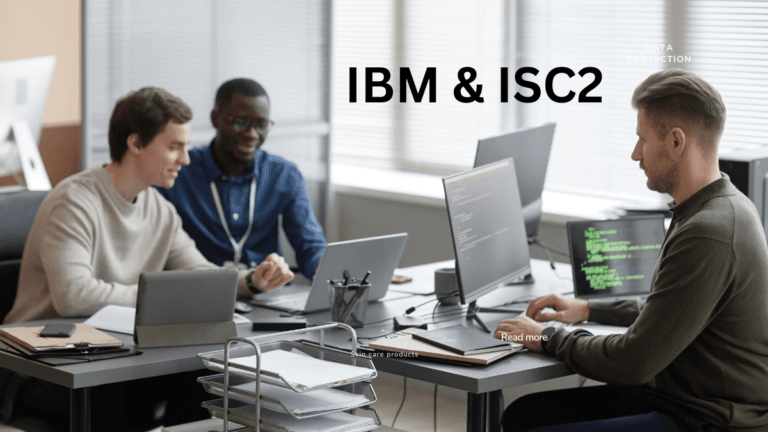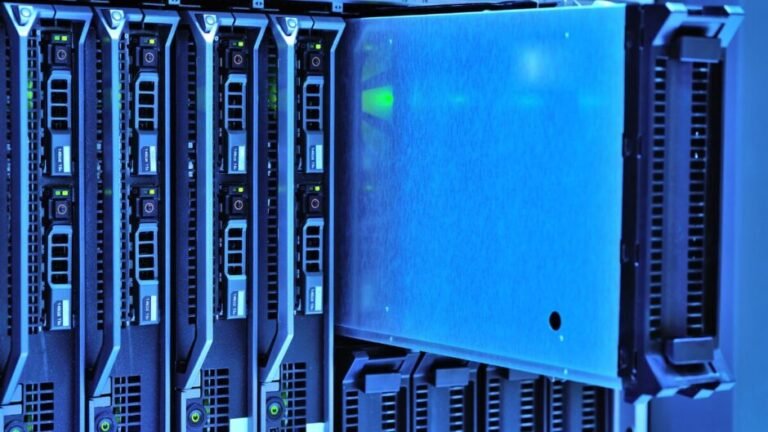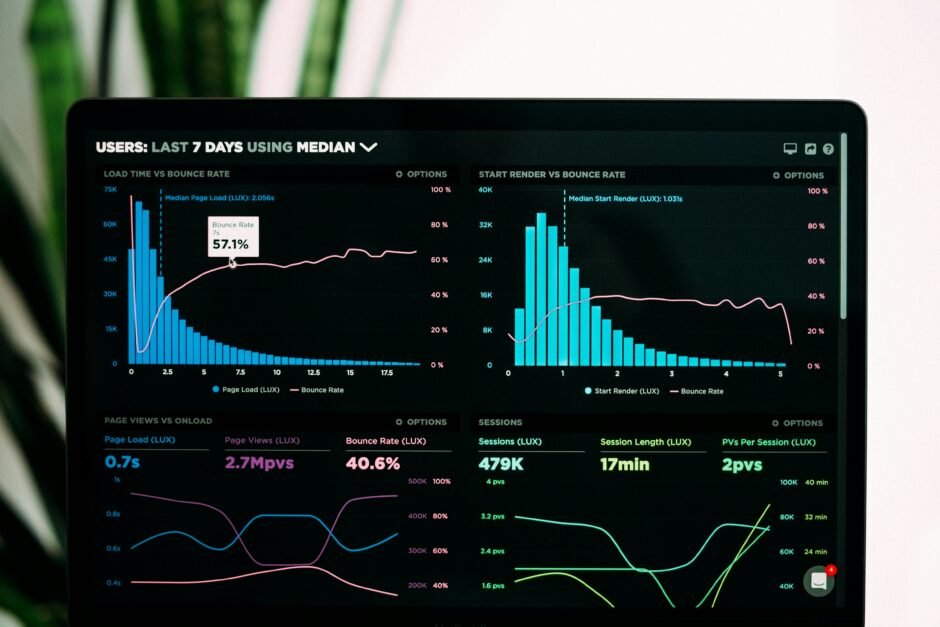Exploring the World of Healthcare IT: A Comprehensive Guide

Introduction
In today’s digital age, technology has revolutionized every aspect of our lives, including the healthcare industry. Healthcare IT, or Health Information Technology, refers to the use of technology to manage and exchange health information.
It encompasses a wide range of applications, from electronic health records (EHRs) to telemedicine and health monitoring devices.
In this blog post, we will delve into the world of Healthcare IT, exploring its benefits, challenges, and future prospects.

The Importance of Healthcare IT
Effective management of health information is crucial for delivering quality healthcare services.
Healthcare IT plays a pivotal role in improving patient care, enhancing efficiency, and reducing costs. Let’s examine some key reasons why Healthcare IT is of paramount importance:
1. Streamlined Data Management
Healthcare IT enables healthcare providers to store, manage, and exchange patient data electronically. This eliminates the need for paper-based records, reducing the risk of errors and improving accessibility.
Electronic Health Records (EHRs) allow healthcare professionals to access patient information easily, facilitating better coordination and continuity of care.
2. Enhanced Patient Safety
Healthcare IT systems incorporate features like decision support tools and alerts, which help healthcare providers make informed decisions and prevent medical errors.
For example, computerized physician order entry (CPOE) systems can flag potential drug interactions or allergies, reducing the risk of adverse events.
3. Improved Efficiency
Automation and digitization of healthcare processes streamline administrative tasks, such as appointment scheduling, billing, and claims processing.
This not only saves time but also reduces the administrative burden on healthcare professionals, allowing them to focus more on patient care.
4. Facilitated Communication and Collaboration
Healthcare IT enables seamless communication and collaboration among healthcare providers, patients, and other stakeholders.
Electronic communication platforms, such as secure messaging systems, facilitate quick and secure exchange of information, leading to better care coordination and patient engagement.
Challenges in Implementing Healthcare IT
While the benefits of Healthcare IT are undeniable, its implementation does come with certain challenges. Let’s explore some of the key hurdles that healthcare organizations face:

1. Cost and Infrastructure
Implementing Healthcare IT systems requires significant financial investment, especially for smaller healthcare organizations.
Additionally, ensuring a robust IT infrastructure, including hardware, software, and network capabilities, is essential for seamless operation and data security.
2. Privacy and Security Concerns
Protecting patient data from unauthorized access and breaches is a critical aspect of Healthcare IT.
Healthcare organizations must comply with stringent privacy regulations, such as the Health Insurance Portability and Accountability Act (HIPAA), to safeguard patient information and maintain trust.
3. Interoperability
Interoperability refers to the ability of different healthcare IT systems to exchange and use data seamlessly.
Lack of interoperability hampers the efficient sharing of patient information across different healthcare providers, limiting the potential benefits of Healthcare IT.
4. User Adoption and Training
Introducing new technology requires healthcare professionals to adapt and learn new workflows.
Resistance to change and inadequate training can hinder the successful adoption of Healthcare IT systems, impacting their effectiveness.
The Future of Healthcare IT
The field of Healthcare IT is continuously evolving, driven by advancements in technology and changing healthcare needs.
Here are some emerging trends that are shaping the future of Healthcare IT:
1. Artificial Intelligence (AI) and Machine Learning
AI and machine learning algorithms have the potential to revolutionize healthcare by analyzing large volumes of data and providing actionable insights.
From diagnosing diseases to predicting patient outcomes, AI-powered systems can augment healthcare professionals’ capabilities and improve patient care.
2. Internet of Medical Things (IoMT)
The IoMT refers to the network of medical devices and sensors that collect and transmit patient data.
These devices, such as wearables and remote monitoring systems, enable continuous monitoring and real-time data analysis, empowering patients to actively participate in their own healthcare.
3. Blockchain Technology
Blockchain technology offers secure and decentralized storage of healthcare data, ensuring its integrity and privacy.
It has the potential to streamline data exchange, enhance interoperability, and enable patients to have more control over their health information.
4. Telemedicine and Virtual Care
The COVID-19 pandemic has accelerated the adoption of telemedicine and virtual care solutions.
These technologies enable remote consultations, monitoring, and treatment, improving access to healthcare services, especially for patients in remote or underserved areas.

Conclusion
Healthcare IT is transforming the way healthcare is delivered, improving patient care, and enhancing operational efficiency.
Despite the challenges, the future of Healthcare IT looks promising, with emerging technologies poised to revolutionize the industry further.
As healthcare organizations embrace these advancements, it is essential to prioritize data security, interoperability, and user training to maximize the benefits of Healthcare IT and ultimately improve patient outcomes.
References:
– https://www.coursera.org/specializations/healthcare-it
https://itexamsusa.blogspot.com/2023/12/a-comprehensive-guide-to-machine.html
https://itexamsusa.blogspot.com/2023/10/exam-dp-203-data-engineering-on.html
https://itexamsusa.blogspot.com/2023/10/ccnp-enterprise-advanced-routing-enarsi.html
https://itexamsusa.blogspot.com/2023/10/comptia-project-pk0-005-cert-guide.html
https://itexamsusa.blogspot.com/2023/09/spring-framework-5-to-build-end-to-end.html
https://itexamsusa.blogspot.com/2023/08/how-to-become-blockchain-developer.html
https://itexamsusa.blogspot.com/2023/07/ultimate-blogging-tips-for-beginners.html
https://itexamsusa.blogspot.com/2023/07/cisco-bandwidth-vs-clock-rate-and-speed.html



























